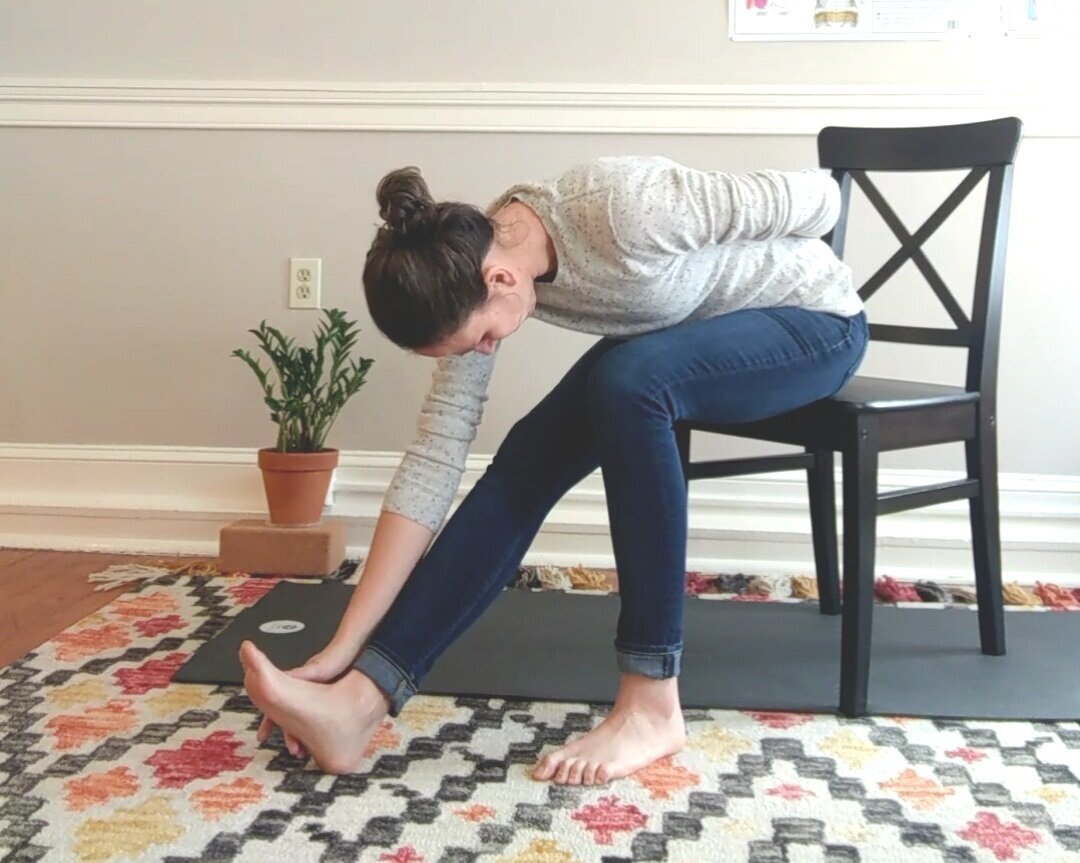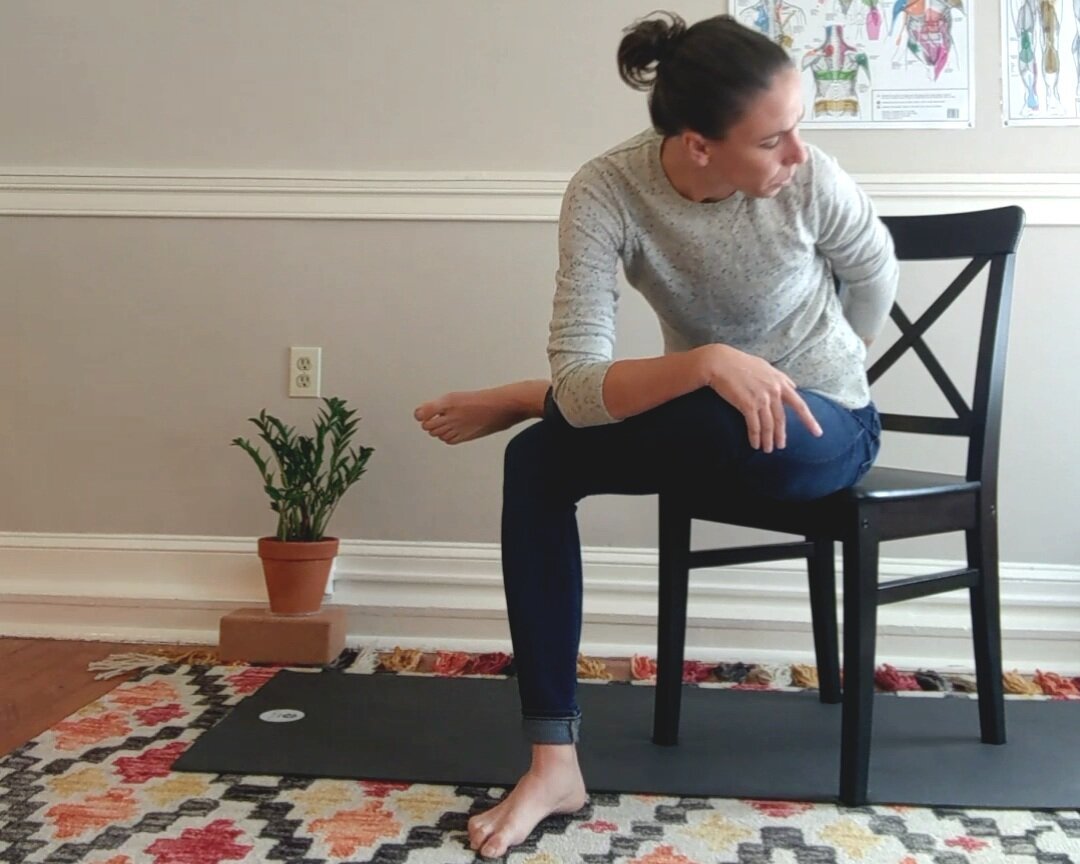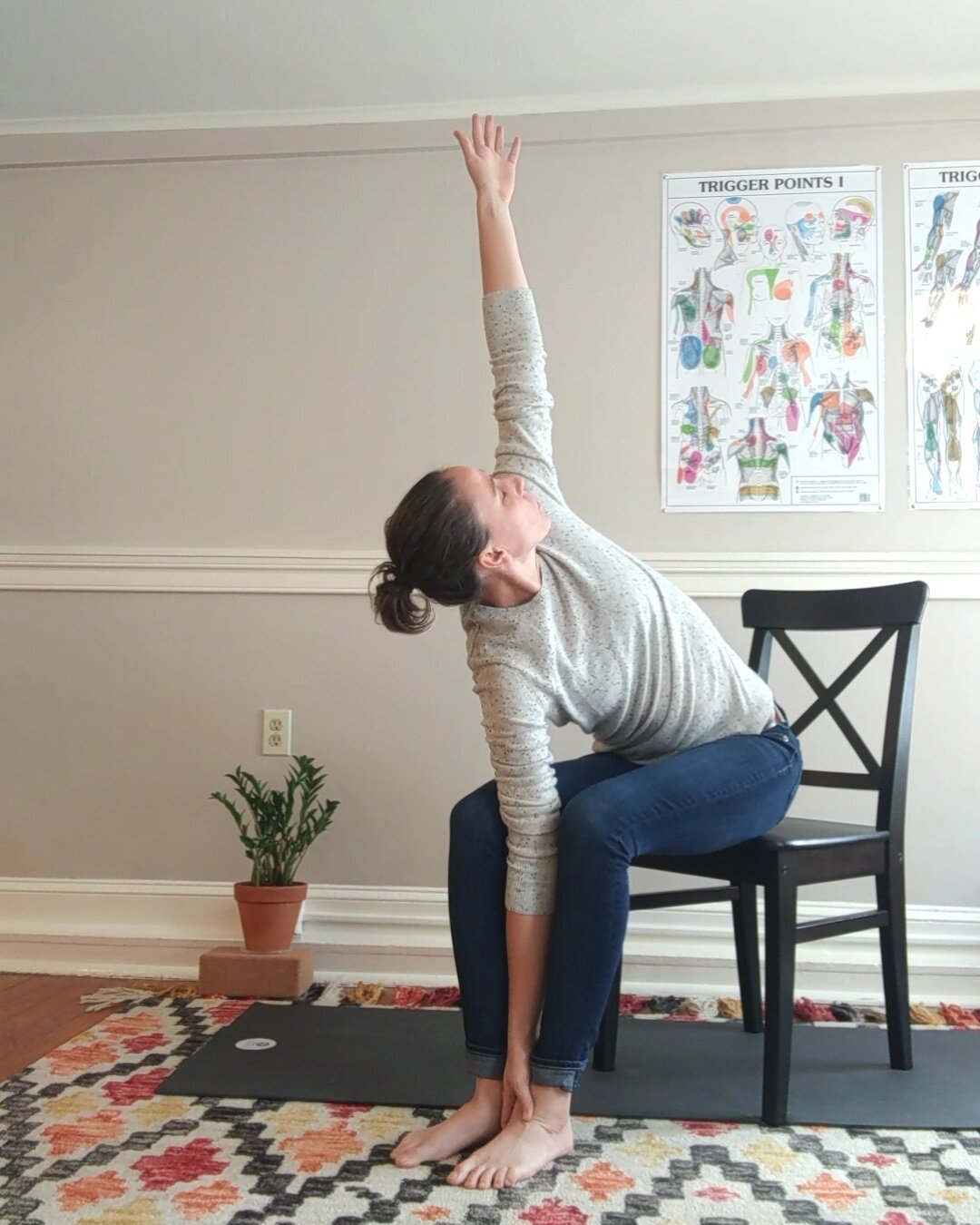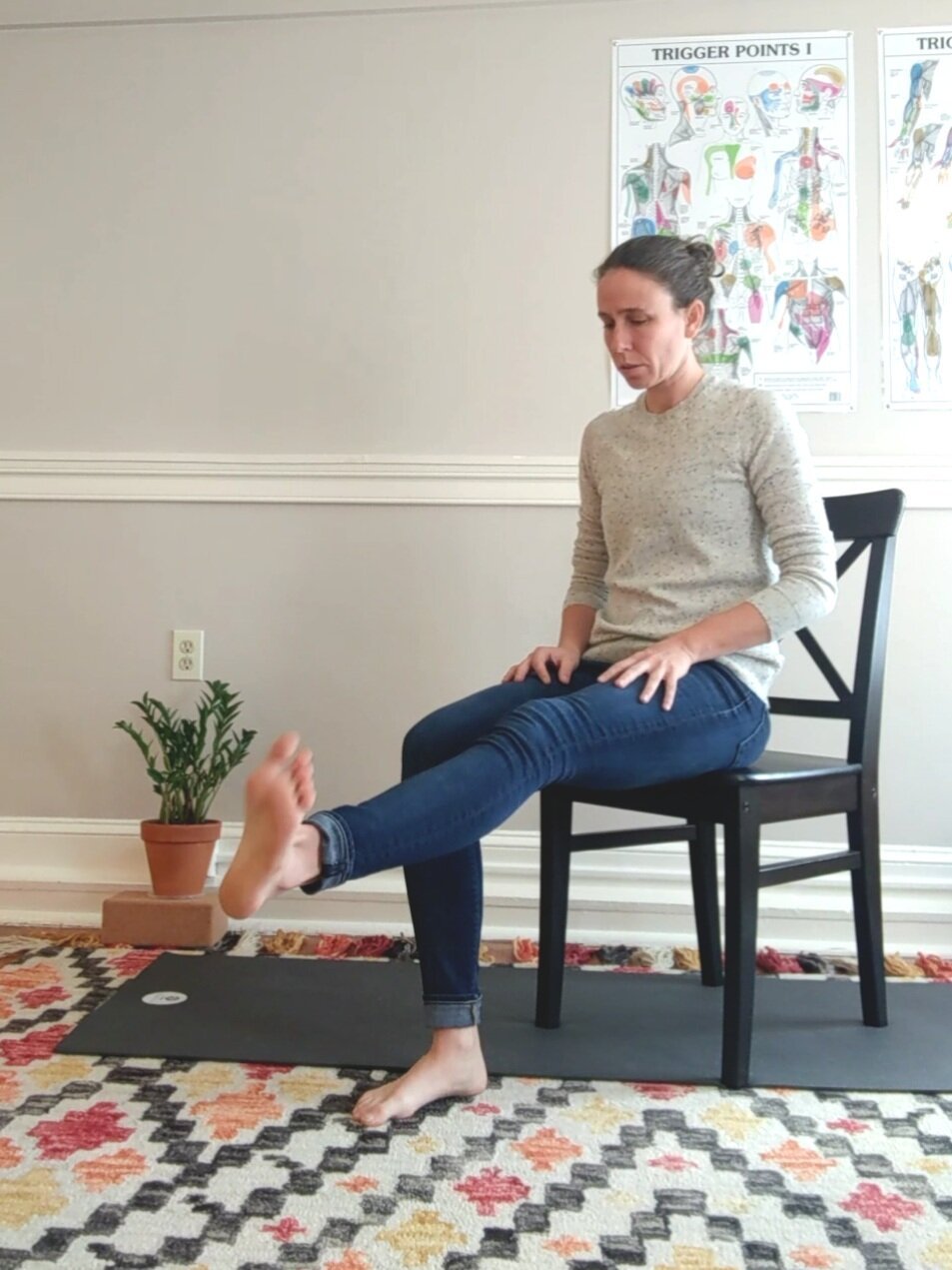Stretches To Do While Seated
Stuck at a desk sitting all day? Tight Hamstrings? Try these stretches.
Don’t give in to aches and pains from sitting at a desk all day.
One of the biggest challenges of working at a desk seated is the volume of time accumulated in one position. And as much as we would all like to imagine our posture as gleaming, upright and the picture of perfect the reality is usually a rounded lower lumbar spine and hunched forward neck and shoulders. As the day moves on our muscles get stiffer and more accustomed to resting in a long and weak position or a short and tight position. This seated posture often leads to upper or lower cross syndrome and overtime can contribute to aches and pains that become a problem for us.
So what do we do? Get up and move, start stretching and incorporate mindfulness into your day.
Please always note that if you are in pain or discomfort please seek out the help and advice of your local health care professional.
↓ Jump to the video at the bottom of the post and stretch along. Or read through each stretch with descriptive directions.
Lower Body Stretches to Try
Seated Hamstring Stretch.
SEATED HAMSTRING STRETCH
Sit at the edge of your seat.
Sit up tall and root your sit bones into your seat.
Place your right foot firmly on the ground connecting with all points of contact.
Extend your left leg out stretch driving your heel into the ground engaging the hamstring (muscles at the back of your leg).
Slowly fold forward from your hips on an exhale reaching your chest or sternum towards your upper thigh.
Allow your head to relax.
Hold for a few breaths before switching to the opposite leg.
Seated Figure 4 Piriformis and Glute Stretch
SEATED FIGURE 4 STRETCH - PIRIFORMIS
Sit at the edge of your seat and root your sit bones into the seat.
Bring you ankle up to your opposite thigh creating a “figure 4”
Hinging from your hips bring your sternum or chest closer to your legs.
You can rotate your torso from side to side to change the intensity of the stretch.
You should feel this stretch in your piriformis and glutes which is the area near your back pocket of your pants.
SEATED THORACIC SPINE ROTATION
Sit with your feet together closer than hip width apart.
Bend from your waist placing one hand on your opposite ankle near the floor.
Rotate slowly through your mid back opening up your chest and reach your hand towards the ceiling.
Maintain a plumb line through both arms and follow your gaze toward your upper hand.
Make sure your hips and sits bones stay rooted to your chair as you rotate.
Perform on the opposite side.
Seated thoracic spinal rotation.
Ankle Circles.
ROLL YOUR ANKLES TO ADD BLOOD FLOW AND CIRCULATION
Slowly rotate your ankle up and down
Rotate them in clockwise and counterclockwise directions.
Moving your ankles will encourage blood return from your feet and ankles back to your heart.
STANDING LOWER BACK EXTENSIONS
Try to get up every 40 min to an hour and stretch your lower back into extension.
Standing upright with your feet firmly grounded at hip width apart.
Place your hands on your hips and gently push your hips forward.
You should feel a stretch in your lower back and hips.
Once your reach end range return to a normal standing position.
Repeat 3-5 times before returning to your seat.
Chair Pose or Hover Stretch
CHAIR POSE OR STANDING HOVER STRETCH
This pose mimics sitting but should activate your core, leg muscles as well as your upper back muscles waking them up and stretching them through engagement.
Hover above your chair reaching your hands overhead and sinking your hips back anchoring your weight through your heels.
Squeeze your glutes together and stand up into a half squat.
Maintain a neutral spine and raise your hands overhead.
Engage your core and draw your scapula or shoulder blades down and back.
Here is the video. Watch and stretch as you follow along.






